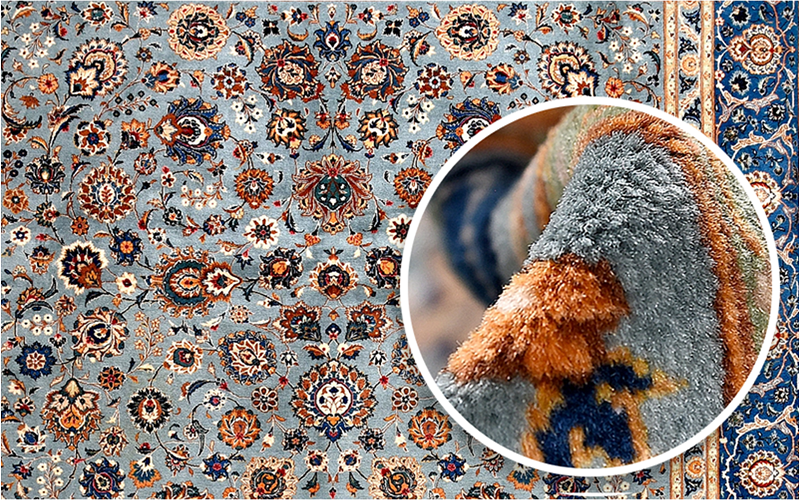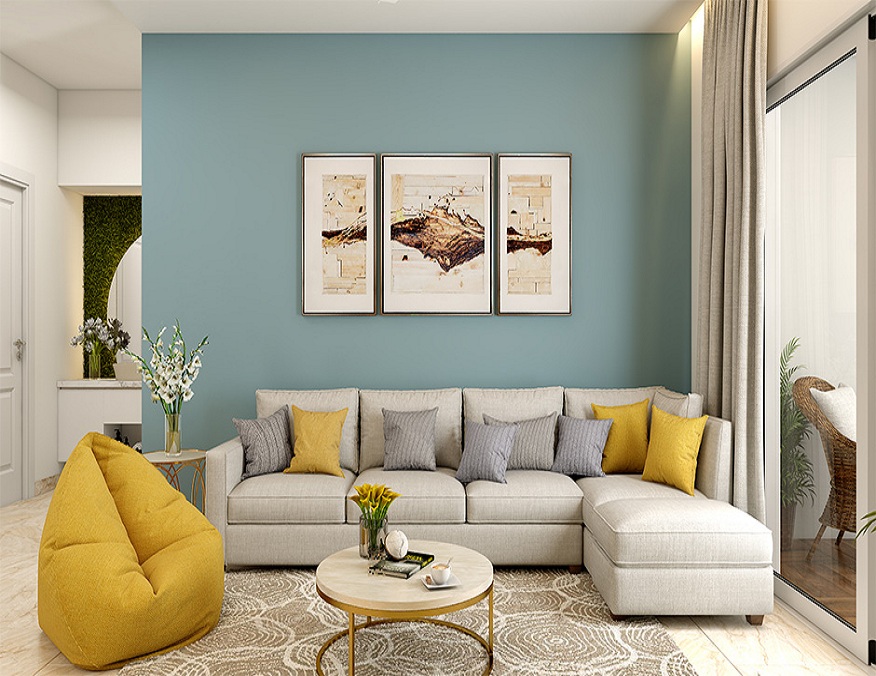In the realm of interior design, lighting serves as both a functional necessity and a design element that can transform the ambiance of a space. Two popular lighting fixtures that exemplify this dual role are bedside lights and standing lamps. These versatile fixtures not only illuminate the room but also contribute to its aesthetic appeal. Striking a balance between design and functionality is essential when selecting bedside light and standing lamps to ensure they complement the overall decor while serving their intended purpose.
**Bedside Lights: Enhancing Comfort and Aesthetics**
Bedside lights, also known as bedside lamps or nightstand lights, are a fundamental component of bedroom design. These fixtures are strategically placed on either side of the bed, providing a localized and soothing illumination for reading, relaxing, or setting the mood. The design of bedside lights should be in harmony with the overall decor of the room while addressing specific functional needs.
When considering the design aspect, bedside lights offer a wide array of options to suit various interior styles. From sleek and modern designs with clean lines and minimalistic features to ornate and vintage-inspired options that add a touch of nostalgia, bedside lights can seamlessly integrate into any bedroom theme. Materials like wood, metal, glass, and fabric shades contribute to the aesthetic appeal, allowing homeowners to match the lighting fixture with their furniture and decor elements.
Functionality is paramount when it comes to bedside lights. They should provide the right amount of illumination for reading without causing discomfort or disturbing the partner. Adjustable features, such as dimmer switches or adjustable necks, offer control over the light intensity, catering to individual preferences. Integrated charging ports or built-in shelves further enhance the functionality, transforming the bedside light into a multifunctional accessory.
**Standing Lamps: Elevating Ambiance and Flexibility**
Standing lamps, also referred to as floor lamps, are versatile lighting fixtures that can be placed in various locations throughout a room. These lamps not only offer additional sources of light but also contribute to the room’s overall atmosphere. Similar to bedside lights, standing lamps are available in an array of designs, each capable of making a unique design statement while maintaining functionality.
The design possibilities for standing lamps are nearly limitless. Modern standing lamps with sleek profiles and innovative materials can fit seamlessly into contemporary settings. On the other hand, traditional or vintage-inspired designs with intricate details and warm finishes can add a touch of elegance to more classic spaces. The height and shape of the lampshade, the base material, and the type of light emitted all contribute to the lamp’s visual impact.
Functionality-wise, standing lamps provide flexibility in terms of placement. They can be positioned strategically to create task lighting or to accentuate specific areas of the room, such as a reading nook or a corner lounge space. Many standing lamps come with adjustable arms or heads, allowing users to direct the light precisely where needed. Additionally, standing lamps can be used to diffuse light and create a soft, ambient glow, effectively elevating the overall atmosphere of the room.
**Balancing Design and Functionality: A Harmonious Approach**
To strike a balance between design and functionality with bedside lights and standing lamps, a harmonious approach is essential. When selecting these lighting fixtures, homeowners should consider the existing decor, color palette, and overall style of the room. The lighting should complement and enhance the space rather than compete with it.
One effective strategy is to align the design of bedside lights and standing lamps with other design elements in the room, such as furniture, textiles, and wall art. This creates a cohesive visual narrative that ties the room together. For example, if the room features a modern and minimalist aesthetic, opting for sleek and contemporary lighting fixtures would align well with the overall design language.
Equally important is the consideration of functionality. Both bedside lights and standing light should serve their intended purposes effectively. The brightness and color temperature of the light should be suitable for the room’s activities, whether it’s reading, relaxing, or simply creating a cozy ambiance. Adjustability features should be taken into account, allowing users to customize the lighting to their needs.
In conclusion, the interplay between design and functionality is pivotal when choosing bedside lights and standing lamps. These lighting fixtures contribute not only to the illumination of a space but also to its aesthetic appeal. Striking the right balance requires a thoughtful approach that considers both the design elements and the functional requirements. By selecting fixtures that align with the room’s design and cater to its lighting needs, homeowners can create a harmonious and inviting environment that reflects their personal style and enhances their everyday living experience.




